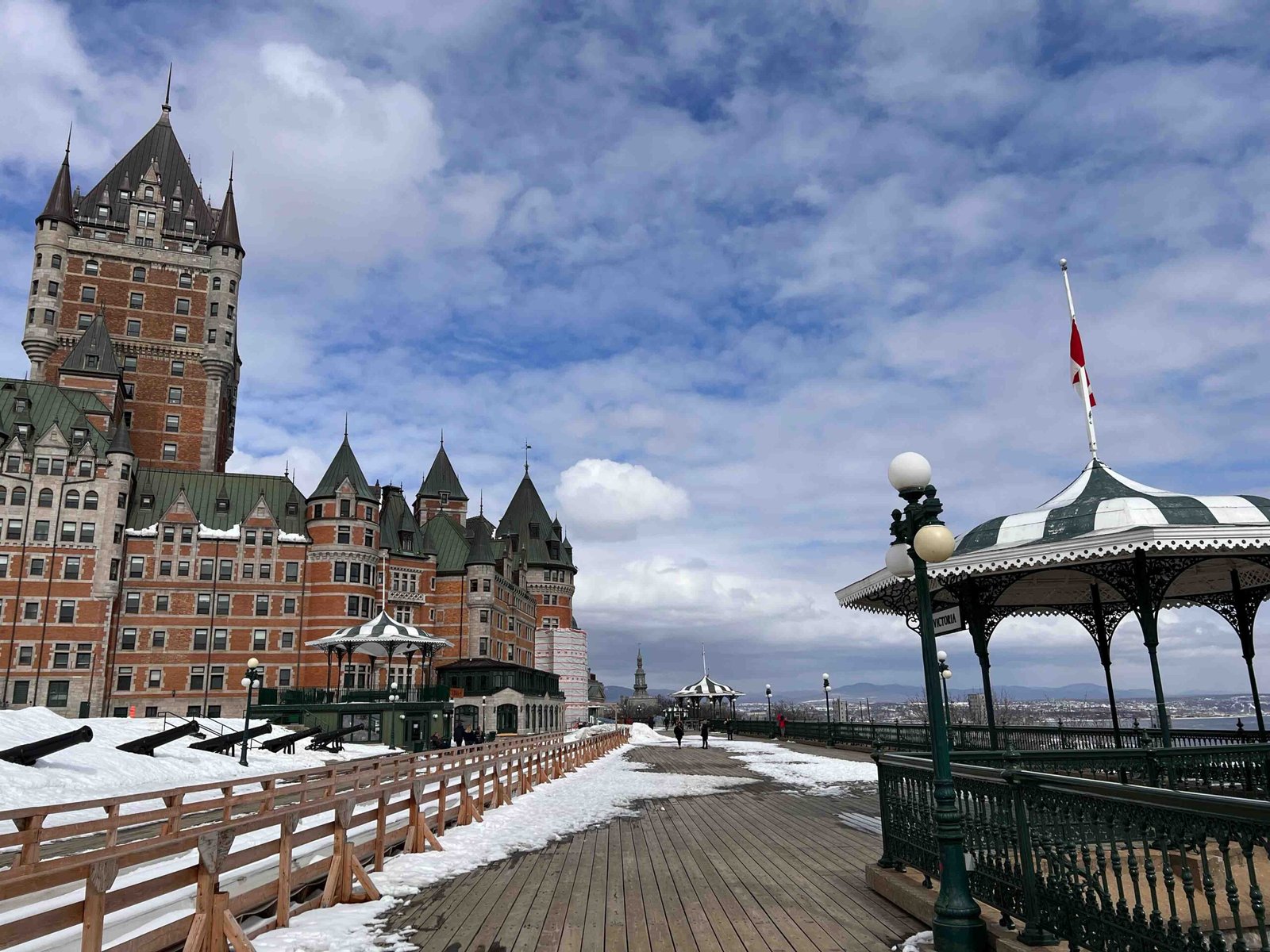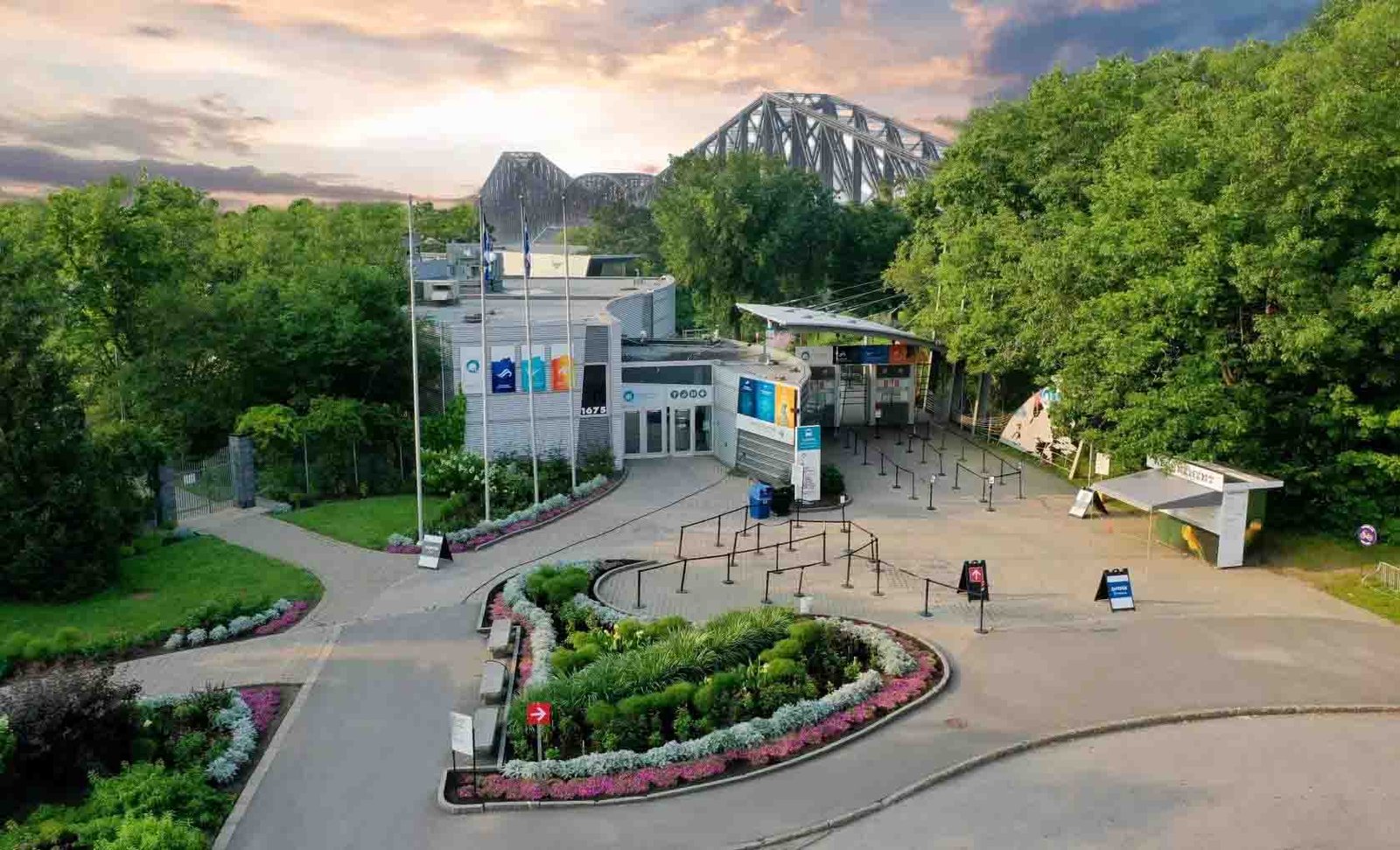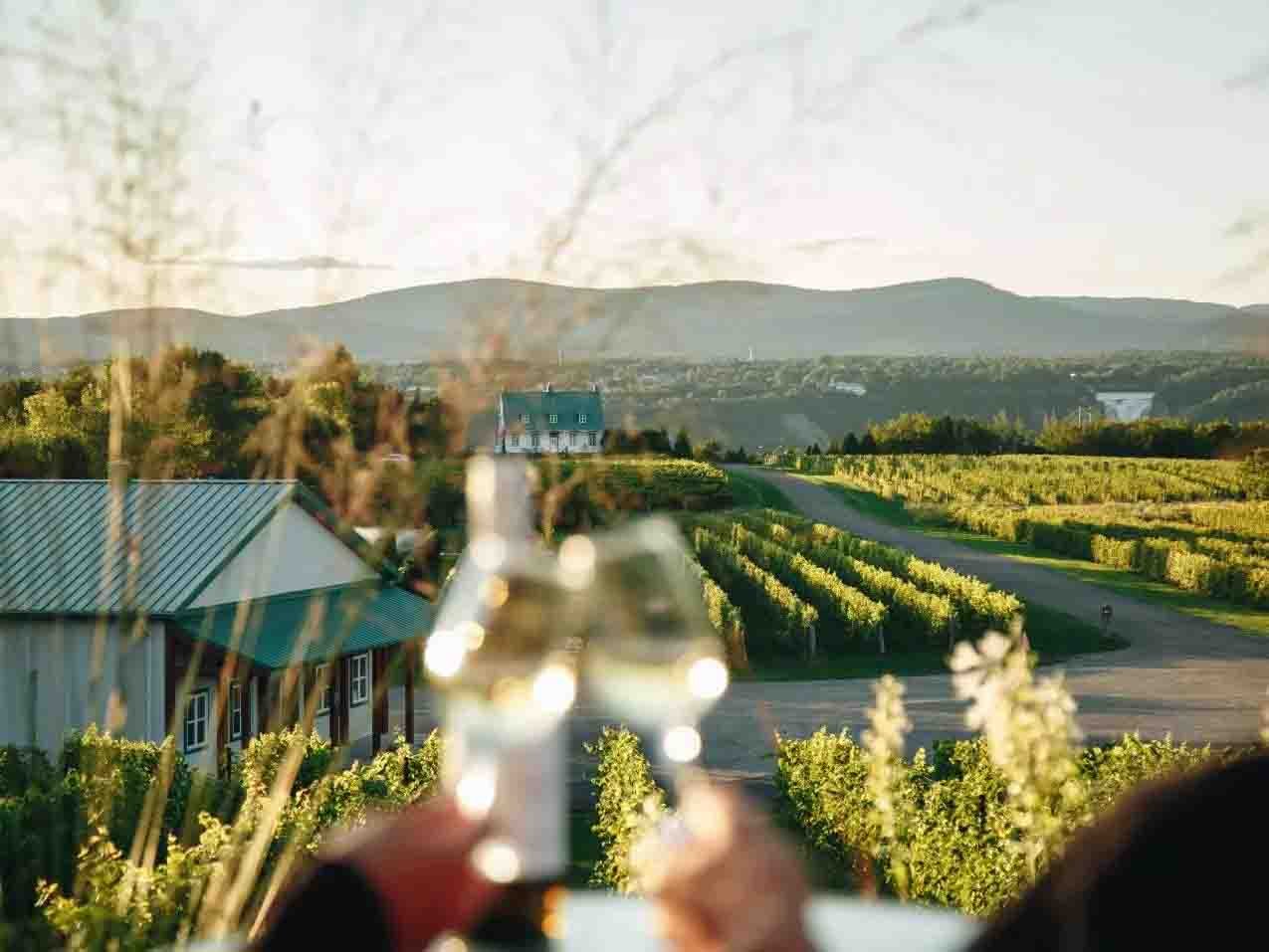Montreal, the largest city in the Canadian province of Quebec, is a vibrant and multicultural metropolis that has a lot to offer to its visitors and residents. With a population of over 1.7 million people, Montreal is one of the fastest-growing cities in Canada. Its unique blend of cultures, languages, and traditions makes it a melting pot of diversity. From its stunning architecture and iconic landmarks to its mouth-watering food scene and lively neighbourhoods, Montreal has something for everyone. In this article, we will take a closer look at the rise of Montreal’s population, the diversity of its culture, the top attractions to visit, its food scene, cost of living and quality of life, exploring its neighbourhoods and finally, the challenges and opportunities that lie ahead for this vibrant city.
The Rise of Montreal’s Population
Montreal’s population has been on the rise in recent years, with an increase of over 100,000 people since 2011. This growth can be attributed to various factors, such as the city’s strong economy and employment opportunities, its reputation as a safe and welcoming city, and its diverse culture. The majority of Montreal’s population is made up of immigrants, with nearly one-third of residents being born outside of Canada. The city’s multiculturalism is evident in its neighbourhoods, where different languages can be heard and a variety of cultural events are held throughout the year. This influx of people has also led to the development of new residential areas, as well as the revitalisation of older neighbourhoods. However, this growth also presents challenges for the city, including increased traffic congestion and strains on infrastructure. Montreal’s government has recognised these issues and has implemented plans to improve public transportation and invest in infrastructure projects. Despite these challenges, the city’s growing population shows no signs of slowing down and continues to make Montreal a vibrant and dynamic metropolis.
A Melting Pot of Cultures: The Diversity of Montreal
Montreal is a true melting pot of cultures, with a diverse population that reflects its history as a major port city. The city’s multiculturalism is evident in its neighbourhoods, where you can find pockets of different ethnic communities. For example, Chinatown offers an array of Asian cuisine and cultural events, while Little Italy is home to some of the city’s best Italian restaurants and cafes. The Plateau neighbourhood is known for its artistic and bohemian vibe, with many residents hailing from France and other European countries. Montreal also has a strong Jewish community, with many synagogues and kosher restaurants throughout the city. The cultural diversity of Montreal is celebrated through various festivals and events throughout the year, including the Montreal International Jazz Festival, the Just For Laughs Comedy Festival, and the Caribbean Carnival. This multiculturalism has also influenced the city’s art scene, with galleries showcasing works from a variety of cultures and backgrounds. Overall, Montreal’s diversity makes it an exciting and vibrant place to explore and experience different cultures.
The Top Attractions to Visit in Montreal
Montreal has a lot of attractions to offer to its visitors. One of the most iconic landmarks in Montreal is the Notre-Dame Basilica. This stunning church features intricate Gothic Revival architecture, stained glass windows, and a colourful interior. Another popular attraction is the Old Port of Montreal, which offers a variety of activities such as boat tours, zip-lining, and an observation wheel that provides breathtaking views of the city. For art enthusiasts, the Montreal Museum of Fine Arts is a must-visit destination. The museum boasts an extensive collection of artwork from both local and international artists, including works by Monet and Van Gogh. The Botanical Garden is another must-see attraction, with its 190-acre garden showcasing over 22,000 plant species. During the winter months, visitors can also enjoy the garden’s outdoor light display. Other notable attractions include Mount Royal Park, which offers scenic views of the city skyline and hosts various outdoor activities such as hiking and picnicking; the Olympic Park, which features the iconic Stadium Tower and the Montreal Biodome; and the Underground City, a vast network of interconnected shopping centres, restaurants, and offices that stretches over 32 kilometres. With so many diverse attractions to choose from, Montreal is truly a city that caters to all interests and passions.
Montreal’s Food Scene: From Poutine to Bagels
Montreal is a city renowned for its diverse and vibrant food scene, and two of its most iconic dishes are poutine and bagels. Poutine is a deliciously indulgent dish made with fries, gravy and cheese curds. It originated in Quebec in the 1950s and has since become a beloved staple across Canada. Montreal-style bagels, on the other hand, are a smaller, denser and sweeter version of their New York counterparts. They are boiled in honey water before being baked in a wood-fired oven, giving them a distinct taste and texture that has won over locals and tourists alike. Both poutine and bagels can be found all over Montreal, from street vendors to high-end restaurants. However, there are also many other culinary delights to discover in this city. Montreal’s diverse population has led to an array of international cuisine options, including Vietnamese pho, Portuguese chicken, and Jamaican jerk chicken. For those with a sweet tooth, Montreal is home to numerous patisseries and chocolatiers, offering everything from traditional French pastries to inventive chocolate creations. With so much variety on offer, it’s no wonder that Montreal has become a must-visit destination for foodies from around the world.
Living in Montreal: Cost of Living and Quality of Life
Living in Montreal offers a high quality of life at a relatively low cost compared to other major cities in North America. The cost of living in Montreal is significantly lower than that of Toronto and Vancouver, making it an attractive destination for students, young professionals, and families. Housing prices are also more affordable, with the average monthly rent for a one-bedroom apartment in the city centre being around CAD 1,200. The public transportation system in Montreal is efficient and affordable, with a monthly pass costing around CAD 86. Healthcare is also provided by the government, ensuring that residents have access to medical services without breaking the bank.
Montreal is known for its vibrant cultural scene, offering residents a variety of festivals and events throughout the year. The city has a thriving food scene with plenty of affordable options for dining out or grabbing a quick bite on the go. The city’s diverse neighbourhoods offer unique experiences and opportunities for exploration, from the trendy Plateau-Mont-Royal to the historic Old Montreal.
The quality of life in Montreal is high due to its excellent healthcare system, public safety, and overall sense of community. The city has a low crime rate and is considered safe for residents and tourists alike. Additionally, Montreal has plenty of green spaces, including parks and nature reserves, making it easy to escape the hustle and bustle of city life. Overall, living in Montreal offers an excellent balance between affordability and quality of life, making it a desirable destination for those seeking a multicultural experience in Canada.
Exploring the Neighbourhoods of Montreal
Exploring the neighbourhoods of Montreal is a must-do for anyone visiting or living in the city. Each neighbourhood has its own unique character, making it an exciting adventure to explore. The Plateau-Mont-Royal neighbourhood is known for its hipster vibe and vibrant street art scene. Visitors can stroll along Rue Saint-Denis and Avenue Mont-Royal, which are filled with trendy cafes, restaurants, and boutique shops. For a taste of old-world charm, the Old Montreal neighbourhood is a must-visit. The cobblestone streets and 18th-century architecture give visitors a glimpse into Montreal’s past. The area is also home to the Notre-Dame Basilica, a stunning Gothic Revival-style church that attracts visitors from all over the world. Another neighbourhood worth exploring is Mile End, which has been dubbed Montreal’s version of Brooklyn. The area is known for its thriving music scene, independent boutiques, and artistic community. Visitors can grab a bagel from one of the many famous bakeries in the area and enjoy it in one of the local parks. Other notable neighbourhoods to explore include Little Italy, with its authentic Italian cuisine and vibrant market scene, and Griffintown, a rapidly developing area that offers a mix of old and new architecture. Overall, exploring the diverse neighbourhoods of Montreal is an excellent way to experience the city’s multiculturalism and vibrant energy.
The Future of Montreal: Challenges and Opportunities
As Montreal continues to grow and evolve, it faces a number of challenges and opportunities. One of the most pressing challenges is maintaining its unique character and culture in the face of rapid development and gentrification. As property values rise and more affluent residents move into traditionally working-class neighbourhoods, there is a risk that the city will lose some of its diversity and vibrancy. Another challenge is ensuring that all residents have access to affordable housing, healthcare, and education, particularly as income inequality continues to be a major issue in Quebec. However, Montreal also has many opportunities for growth and innovation. With its thriving tech sector and world-class universities, the city is well-positioned to attract young professionals and entrepreneurs. Additionally, Montreal’s commitment to sustainability and environmentalism presents an opportunity to lead the way in green initiatives and become a model for other cities. As the city continues to evolve, it will be important for leaders to balance these challenges and opportunities in order to create a sustainable and equitable future for all Montrealers.
Montreal truly is a vibrant and multicultural city, with a rich history and diverse population that continues to grow. Its attractions, food scene, and neighbourhoods offer something for everyone, making it a top destination for tourists and a great place to call home. However, as with any city, there are challenges that Montreal must face in order to continue thriving in the future. It will be interesting to see how the city addresses issues such as affordable housing and climate change while maintaining its unique identity and welcoming atmosphere. Despite these challenges, Montreal remains an exciting and dynamic city that celebrates its diversity and offers endless opportunities for exploration and discovery.
Population in province:
Alberta, British Columbia, Manitoba, New Brunswick, Newfoundland and Labrador, Nova Scotia, Ontario, Prince Edward Island, Quebec, Saskatchewan
Population in city:
Calgary, Edmonton, Vancouver, Victoria, Winnipeg, Fredericton, Moncton, St. John’s, Halifax, Toronto, Ottawa, Charlottetown, Montreal, Quebec City, Saskatoon, Regina






Pingback: Population in city Quebec City, province Quebec – Things to do in Canada
Pingback: Population in city Moncton, province New Brunswick – Things to do in Canada
Pingback: Population in city Victoria, province British Columbia – Things to do in Canada